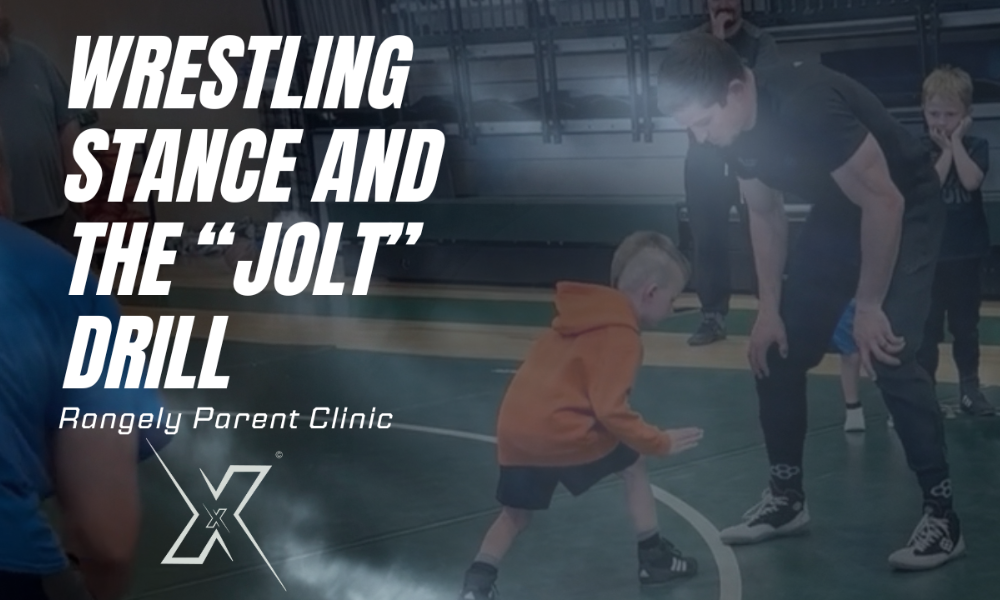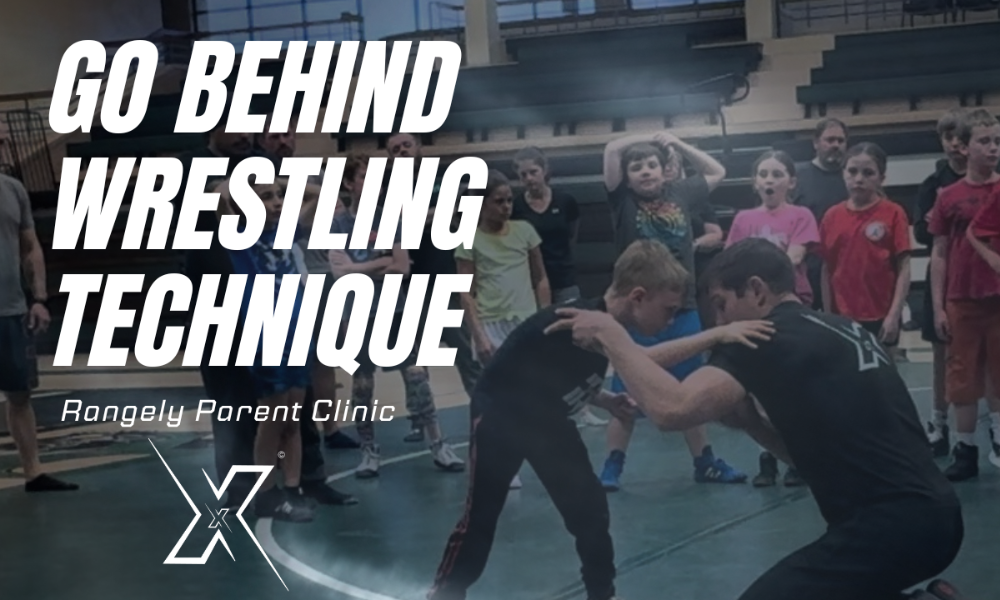A good shot starts before you move your feet. If your head is the same height as your opponent’s, you will fight for space and struggle to reach the legs. The fix is simple. Level change first, then shoot with your chest up and your eyes up. This keeps your head from getting stuffed and makes your finish cleaner.
Why Head Up Matters
When kids dive straight at the legs, their head drops, and their posture breaks. That is when defenders sprawl and spin out of the way. If you keep your head up, your spine stays strong, and your hips stay under you. You drive through the target instead of falling into it. The goal is simple. Head up and chest up at the moment your knee travels over your toe.
Step by Step: Stance to Finish
- Get your stance
Right handed athletes usually put the right leg forward. Bend your knees. Keep your chest over your lead knee and your hands ready. - Level change
Lower your hips without folding your back. Think elevator, not bow. Your eyes stay forward. - Penetration step
Step the lead foot in and allow the back knee to travel forward and down. Your cue is knee over toe. Keep your chest up and your eyes up. - Head and shoulder position
Your head stays high and to the side. Your shoulder presses into the hip. Do not let your head drop between the legs. - Drive and finish
Bring your trail leg up. Keep your back straight. Lift or run your feet to cut the corner. Finish with control and cover.
Coaching Cues Kids Remember
- Head up. Chest up.
- Knee over toe.
- Eyes forward. See the target.
- Step in. Trail leg follows.
- Drive through, then cover.
Common Fixes That Help Right Away
- Head drops at the shot
Reset. Practice three slow reps of level change with eyes up. Then add the penetration step. - Chest collapses on contact
Place a hand on your sternum and cue chest up as you step. If the chest lifts, the spine stacks and the hips stay strong. - Feet too far apart
Big lunges make you slow and off balance. Use shorter steps so your trail leg can follow fast. - Looking at the mat
Pick a letter on a wall sign and keep your eyes on it during level change. Vision drives posture.
A Simple Home Drill With Parents
You can practice this safely at home. Stand in stance facing a parent or partner. The parent stretches one leg forward and points to the knee. That knee is the pretend hip of an opponent. The athlete works the rhythm out loud.
- Stance
- Level change
- Step
- Knee over toe with head up
- Chest into the hip, trail leg up, finish to a gentle cover
Start with five slow reps. Then do five quick reps. Parents, remind head up and chest up each time. Keep it short and positive. Two minutes of good reps beats twenty minutes of sloppy reps.
For Coaches: A Quick Group Progression
- Mirror stance and level change
Face a partner and copy. Count together. Down and up with eyes forward. - Line step to a cone
Place a cone two small steps away. Athletes level change and step the knee over the toe to reach the cone without looking down. - Add a defender
Partner gives light hip pressure. Shooter keeps posture and brings the trail leg up. Stop at the finish. No crash landings.
Safety First
Good posture is safer. A lifted chest protects the neck. Hips under the shoulders protect the lower back. If anything pinches or feels sharp, stop and ask a coach. Soreness is normal. Pain that changes how you move is not.
A Note on Girls in Wrestling
Girls are learning these same skills and thriving. Many rooms now have girls groups or mixed sessions with clear pairings by size and experience. The cues do not change. Head up. Chest up. Eyes up.
Make It a Habit
Every great shot shares the same pattern. Stance. Level change. Step. Head up. Chest up. Finish with control. Say the cues while you drill. Ask a coach to watch one rep and give one fix. Small, steady steps build a shot you can trust in every match.






